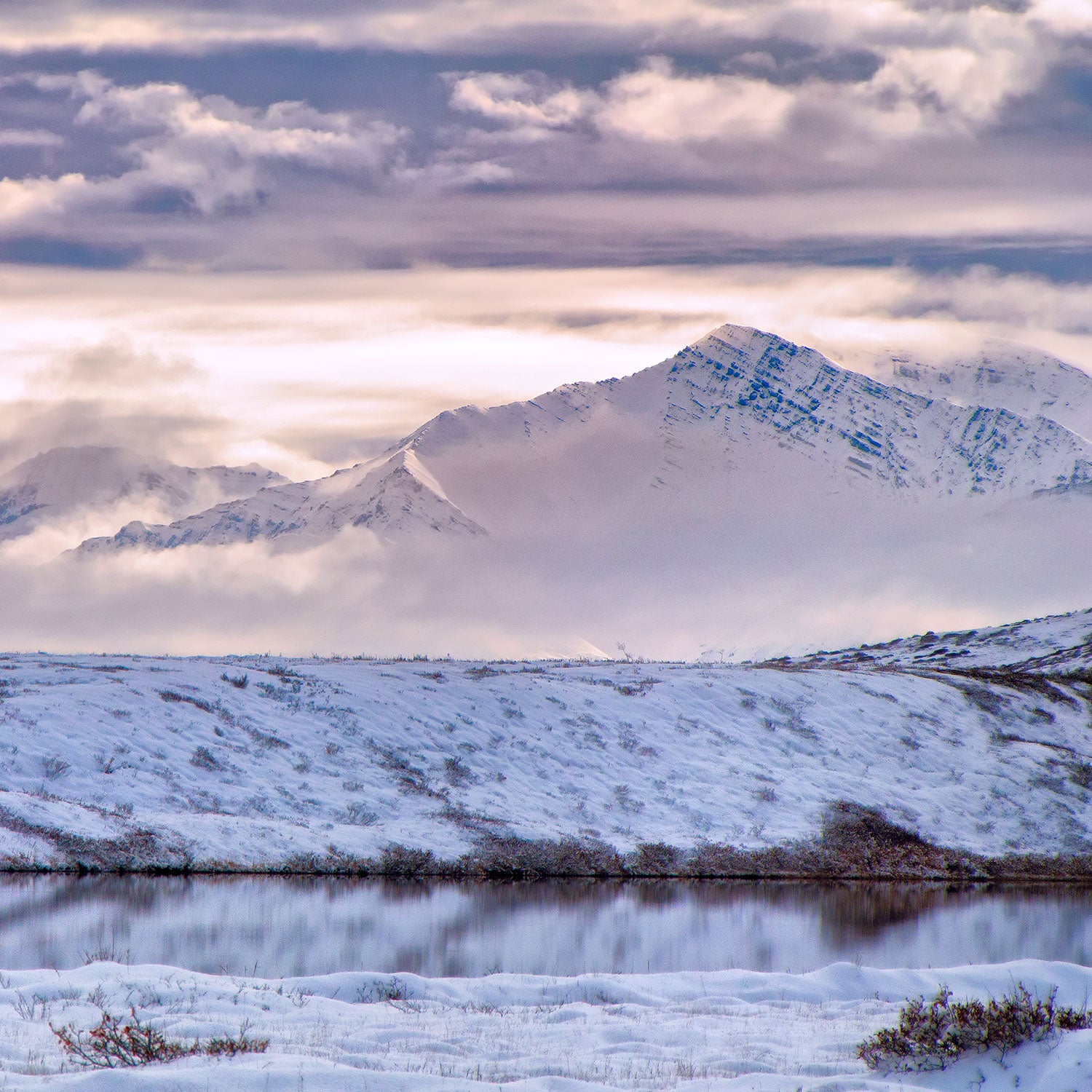Congress took a step closer to opening a portion of Alaska’s Arctic National Wildlife Refuge to oil and gas drilling��Wednesday��when a Senate committee passed legislation that will be folded into the GOP tax bill.����
Democrats and environmentalists have attacked the push to open the Arctic refuge to drilling as near-sighted and damaging to the fragile environment. But Republicans and Alaskan politicians have been pushing hard to open up the area to drilling��and��use the income to bolster their tax-reform efforts.��
Republicans now plan to fold Alaska Senator��Lisa Murkowski’s drilling legislation into their tax bill, which is currently in the works. Republicans plan to pass the tax bill using methods that will shield��the bill from a filibuster by Democrats. By following that method, the legislation to drill in ANWR would move forward, too.
President Donald Trump has told Congress he wants a tax deal on��his desk by Thanksgiving. Christmas seems more likely, however.
Over the years Congress has voted nearly 50 times to open ANWR. Efforts have always fallen short. The latest effort, however, may represent one of the greatest challenges to the refuge to date—or opportunities, depending on how one feels about drilling in what advocates call “the crown jewel in our national wildlife refuge system.”
“The Arctic National Wildlife Refuge is a national treasure that is home to polar bears, wolves, migratory birds and the Porcupine Caribou Herd, one of Alaska's largest herds,” says��Nicole Whittington-Evans, the Alaska regional director for the Wilderness Society. Advocates call the coastal plain “the biological heart of the refuge,” home in summer to more than 150 bird species, plus calving grounds for the nearly 200,000-animal caribou herd. Denning sites for polar bear mothers are the highest density in the U.S. Arctic, says the group.��
But infrastructure disrupts and fragments habitat, advocates contend. And that's not even taking into account what a spill would do.��
“The future of this iconic landscape, which the majority of Americans want to see protected, should not be decided in a budget bill, particularly when the estimated revenues from drilling there are highly speculative,” Whittington-Evans says.
In a conducted last December by Hart Research for the Center for American Progress, a left-leaning organization, two out of three respondents said they opposed efforts to open the refuge to drilling.
Under the Trump administration the far north has been opened wide for business.
The refuge sprawls across more than 19 million acres in the far northeast corner of Alaska, along the border with Canada. About eight million acres of the refuge has been designated wilderness by Congress and is off-limits to drilling. The roughly 1.4-million-acre area of the coastal plain between the Brooks Range and the Beaufort Sea (sometimes called the “1002 Area”) was carved out by Congress in 1980 for possible future drilling, however, and has remained in limbo ever since. ��
Murkowski’s bill would require the Interior Department to hold two lease sales for up to 800,000 acres of land within the coastal plain within the next decade. The bill estimates (and the Congressional Budget Office ) that the royalties would bring in about a $1.1 billion to the U.S. Treasury over that period. But by Center for American Progress and the Wilderness Society suggest that’s unlikely.
Opening the refuge has been a priority for Murkowski. Alaska is still suffering from low oil prices. After years of declining output, the Trans-Alaska Pipeline is running at only about one-quarter of the volume it did in its 1980s heyday. Unemployment is reportedly the highest of any state in the country. The state budget, run almost exclusively on oil revenue, is in dire trouble.
“Opening a small part of the non-wilderness 1002 Area for responsible energy development will create thousands of good jobs, keep energy affordable for families and businesses, ensure a steady long-term supply of American energy, generate new wealth, reduce the federal deficit, and strengthen our national security,” Murkowski said in a press release Wednesday��after her legislation cleared the Senate Committee on Energy and Natural Resources. She is the committee’s chairwoman.
Under the Trump Administration, the far north has been opened wide for business. Last spring, the President��signed targeted at rescinding former President Barack Obama’s closure of federal Arctic waters to drilling. (A challenge to his order is now in the courts.) In May, Secretary of the Interior Ryan Zinke signed an to “jump-start” Alaskan energy production, including ordering a new estimate for the amount of oil and gas in the ground under the Arctic refuge. And in October, Zinke announced what’s considered the largest on-land energy lease sale in the history of the Bureau of Land Management, in the National Petroleum Reserve, to the west of the refuge—more than 10 million acres for lease at once.
To write your member of Congress with your opinion about Arctic drilling, find your U.S Representative and your U.S. Senator


